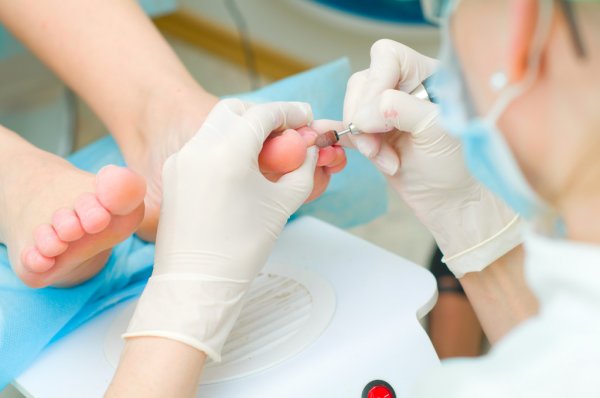Chilblains
Chilblains are a common condition in the winter months. They usually require some treatment, but the most important thing is to change the environment which caused them.
What are Chilblains?
Chilblains are red or sometimes purple patches in the skin which are very itchy and sometimes sore. In the feet they are commonly found on the tips of the toes, but can appear in other places on the forefoot. Chilblains can blister which makes them more prone to infection. The area can also break down causing a wound.
How do we get them?
Fine blood vessels in the skin shut down in cold conditions to prevent heat loss. If they do not open up again quickly enough, chilblains appear. Suddenly heating extremely cold feet is more likely to prevent the blood vessels opening and trigger chilblains.
They are seen more frequently in the elderly who have poor circulation or health conditions affecting blood flow, but they can occur in any age group as environmental conditions are the predominant factor. You should always be aware of your feet becoming too cold and take steps to prevent prolonged chill, such as closed toe shoes or thicker socks.
Treating Chilblains
If the skin is unbroken, there are creams you can buy to help warm the area. Traditionally, Friar’s Balsam was used, but there is a whole family of creams called rubefacients for this purpose. Your podiatrist or pharmacist will be able to help you select an appropriate preparation.
If the skin is broken, rubefacients must not be used. The area must be treated as a wound for which you can seek help from your podiatrist or practice nurse. Wounds should always be covered with a sterile dressing until dry and healing and should be checked every 3 days for signs of infection. Always seek advice from a healthcare professional if a wound lasts longer than 3 days.
Our tips for avoiding chilblains:
Always wear socks in the winter.
Consider weather conditions when selecting footwear and always wear what is appropriate, ensuring wet feet are dried promptly.
Two pairs of thin socks are better than one pair of thick socks as the layer trapped between the pairs is insulating.
Never reheat feet too quickly. Light massage with your hands is often the best way to heat feet as opposed to a direct heat source as the movement in the skin will encourage blood flow.


